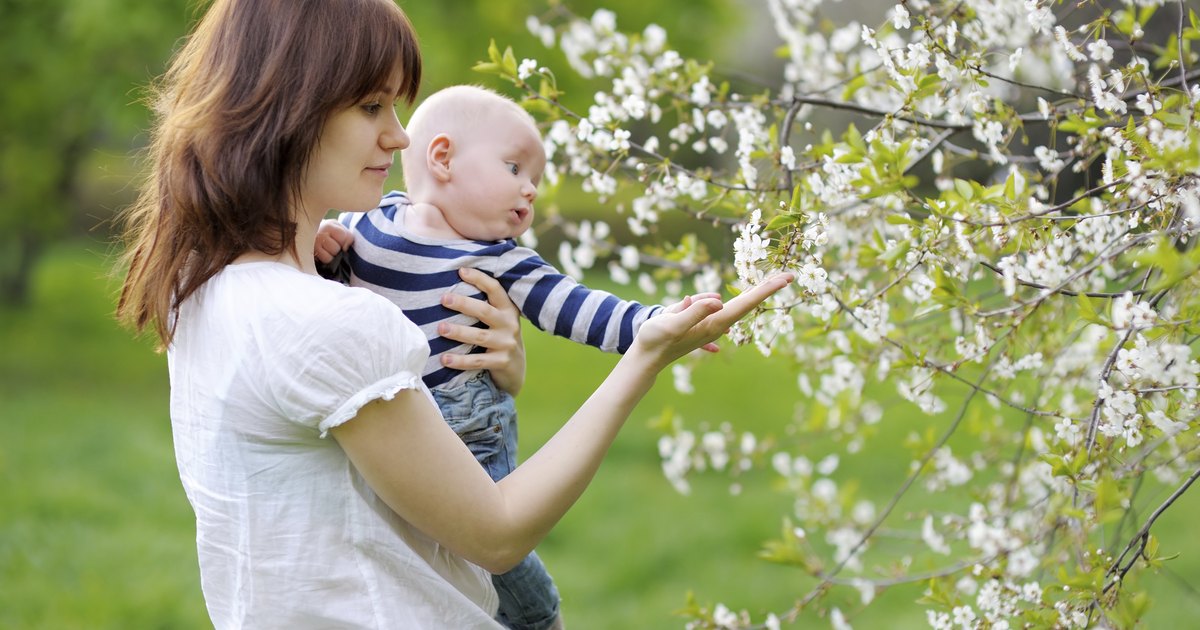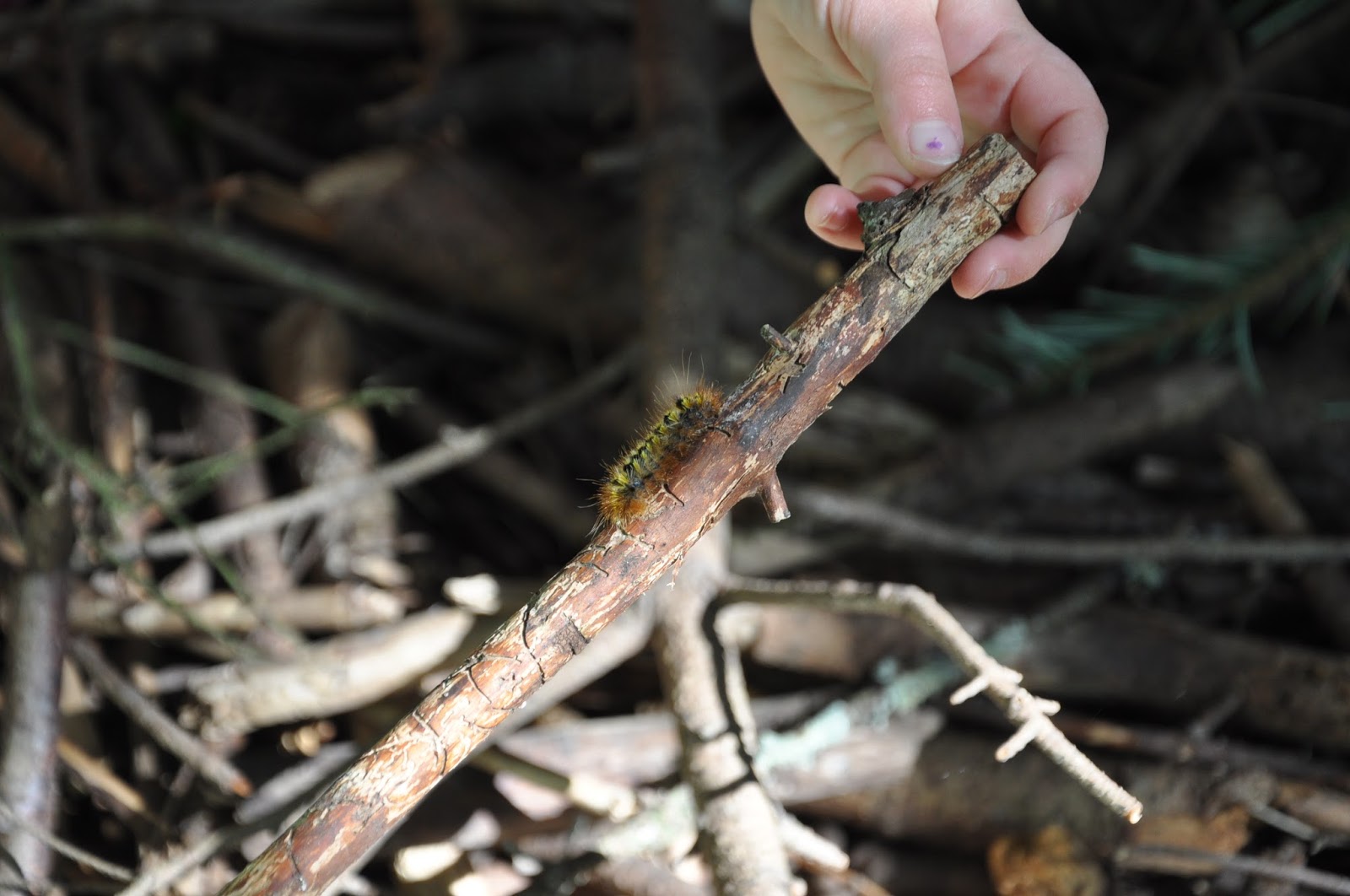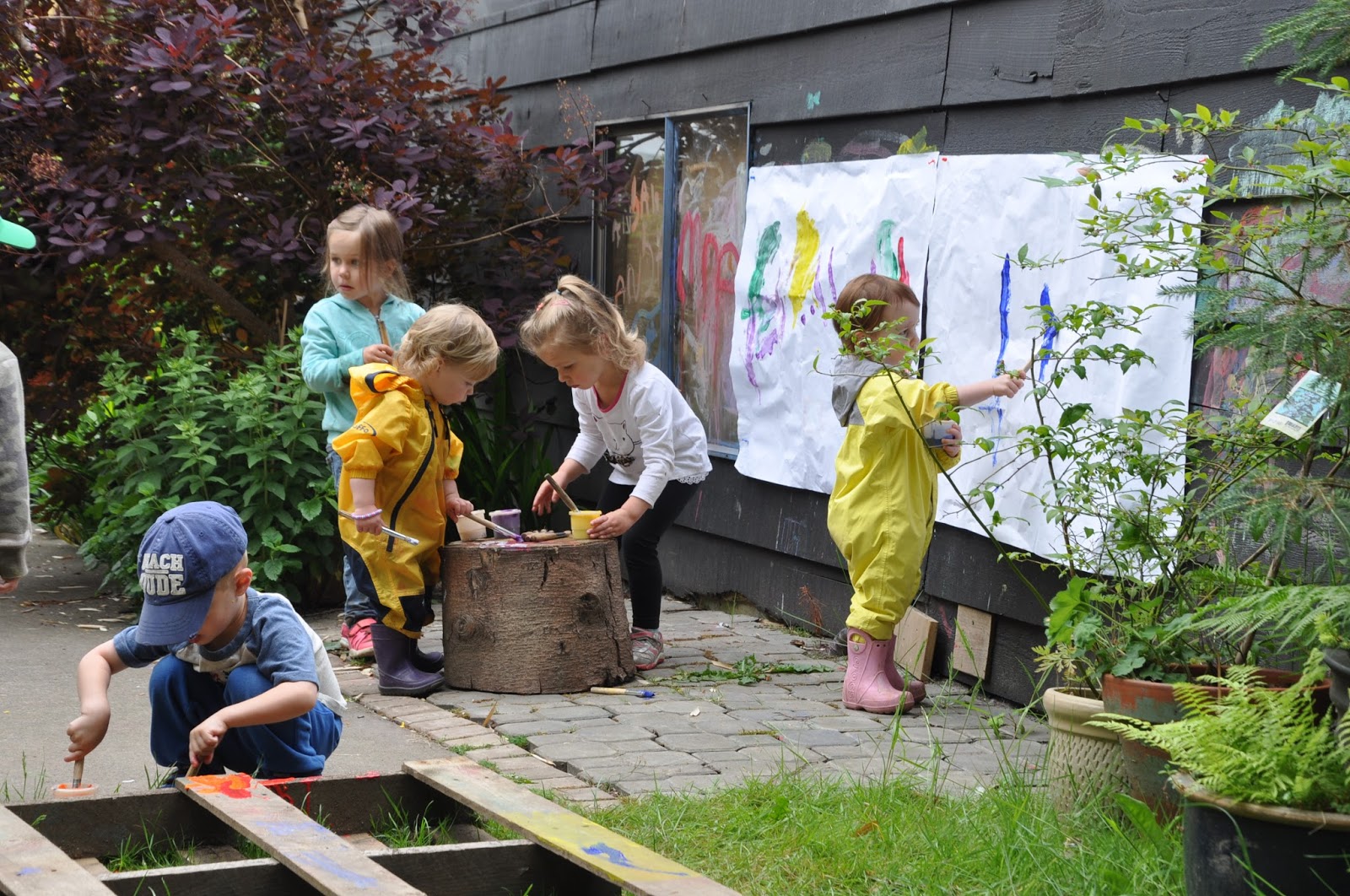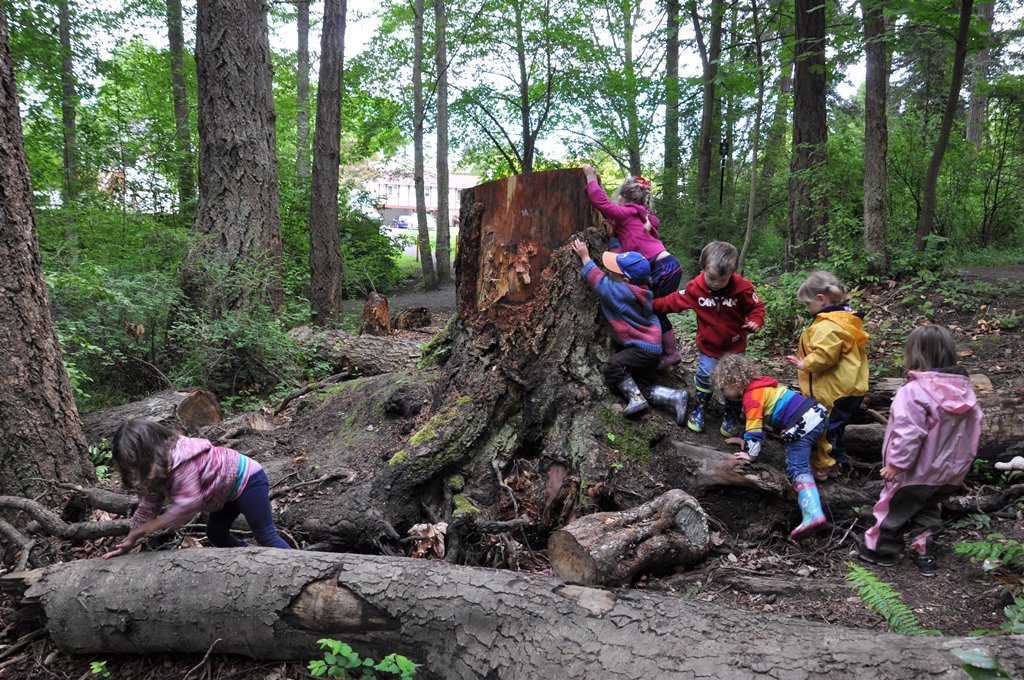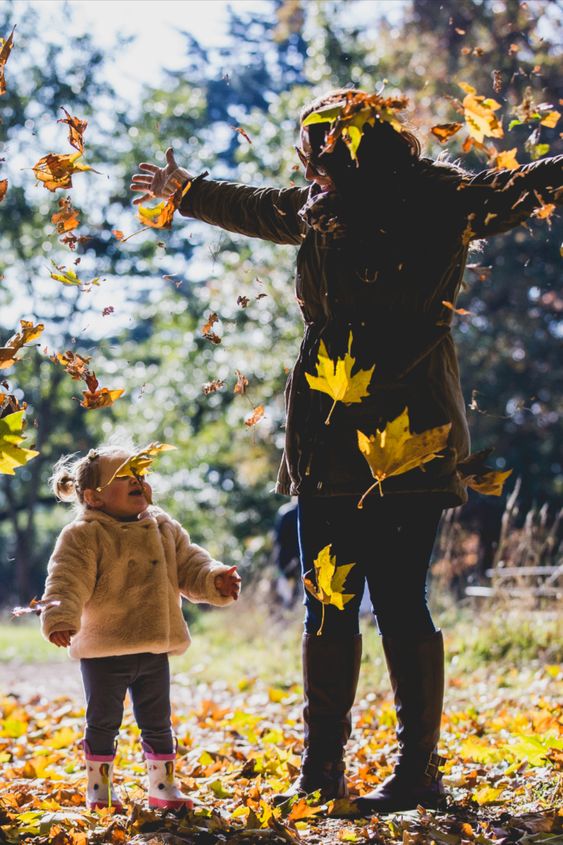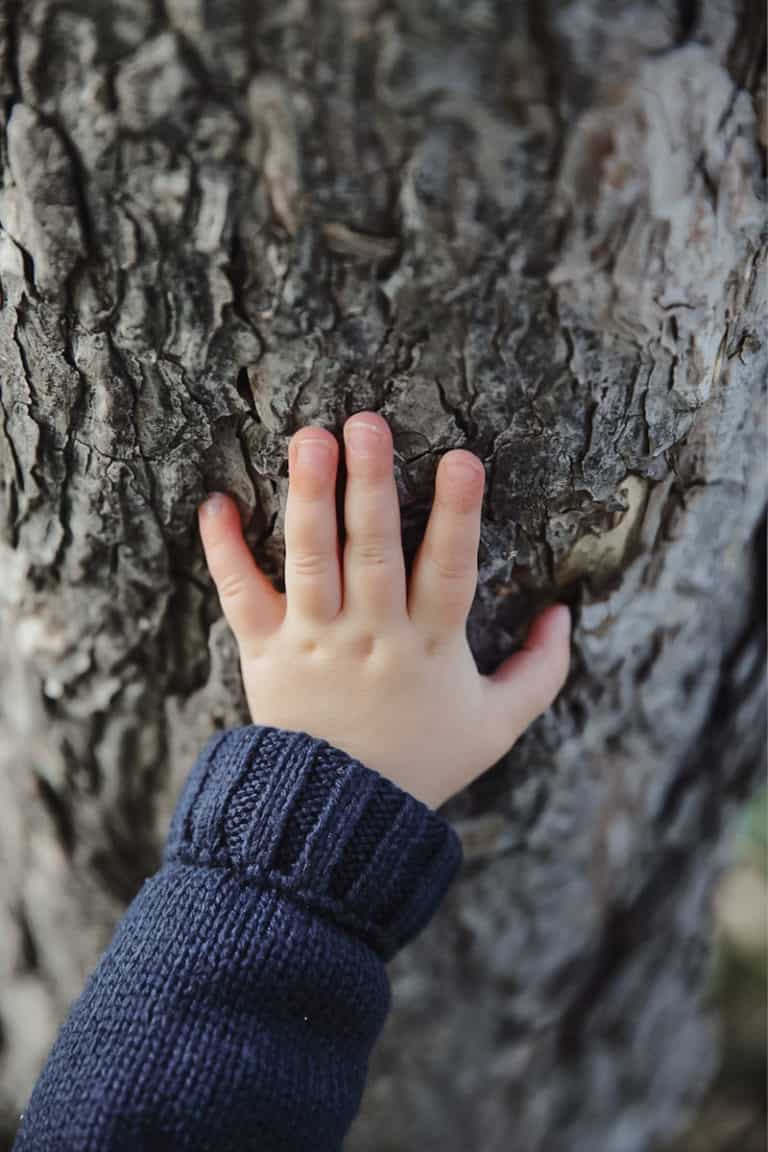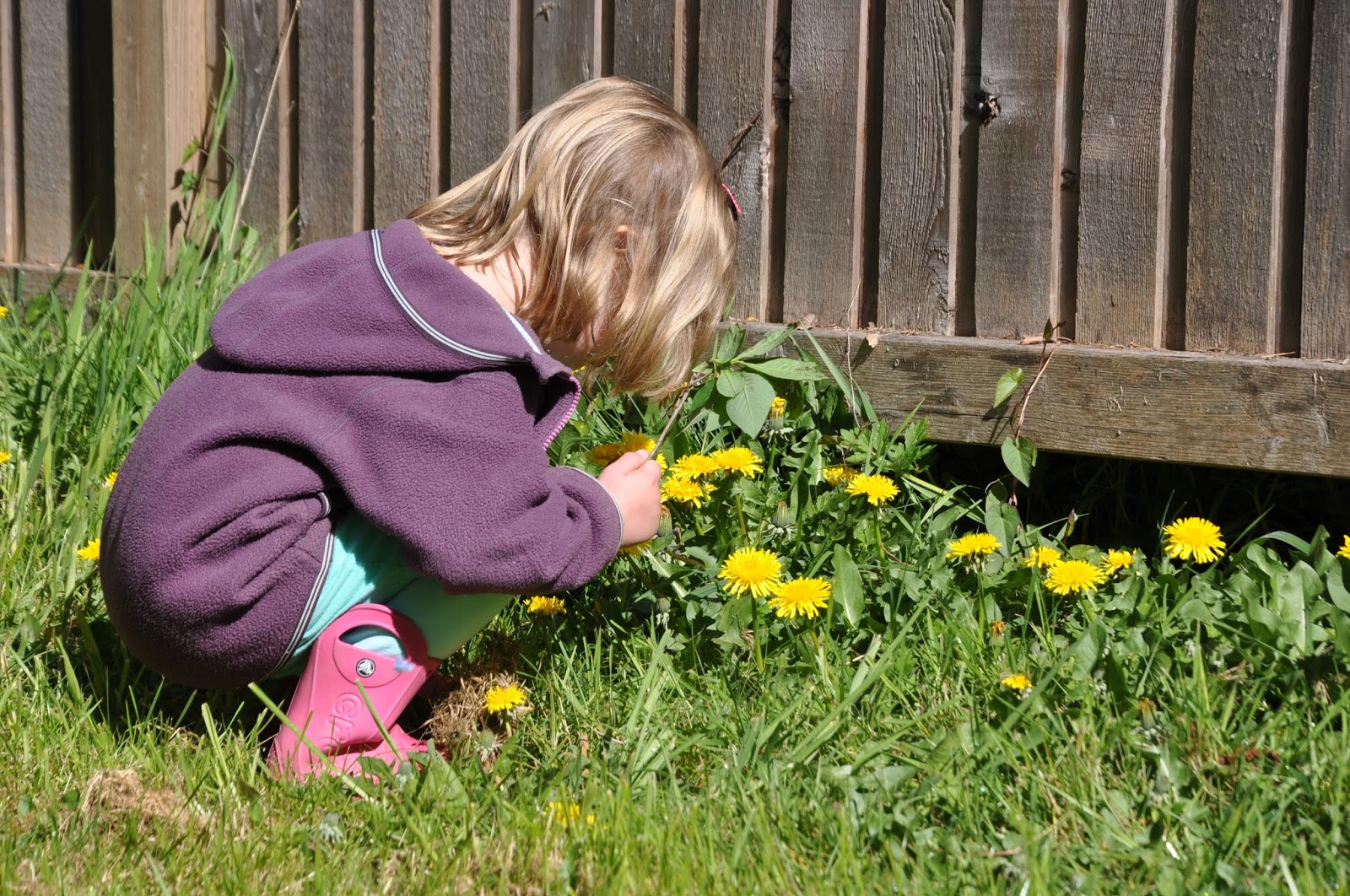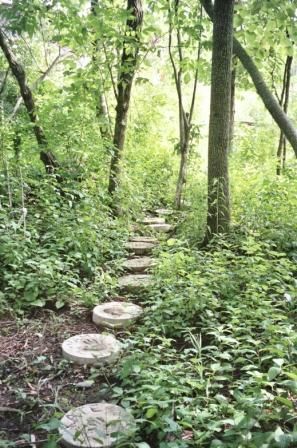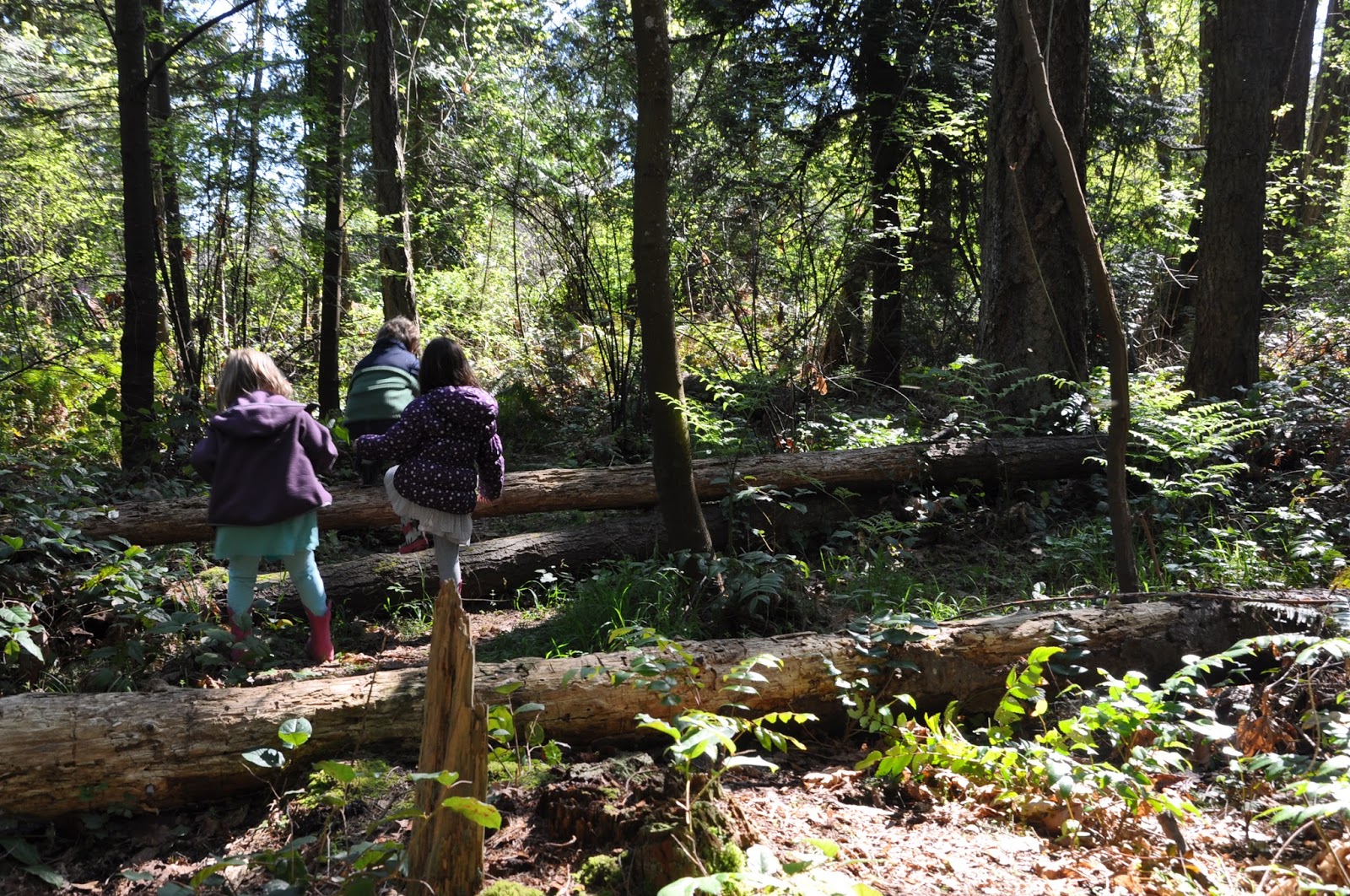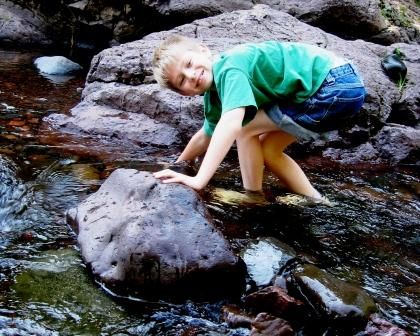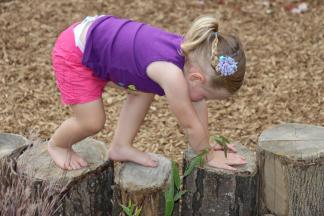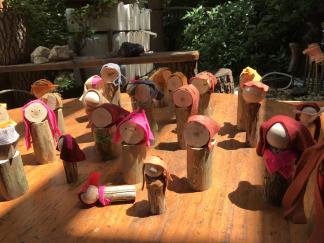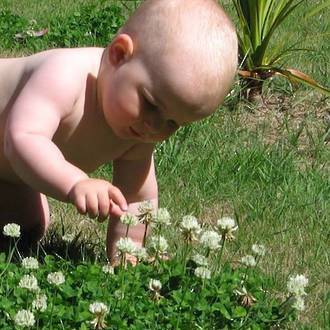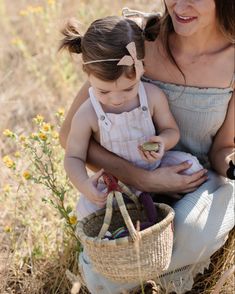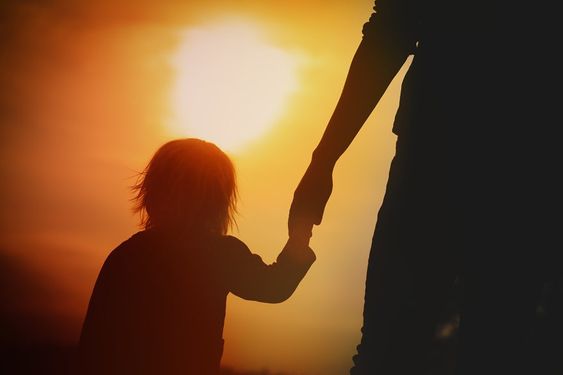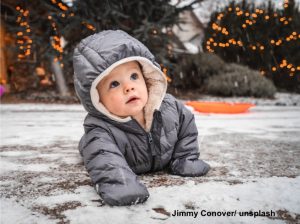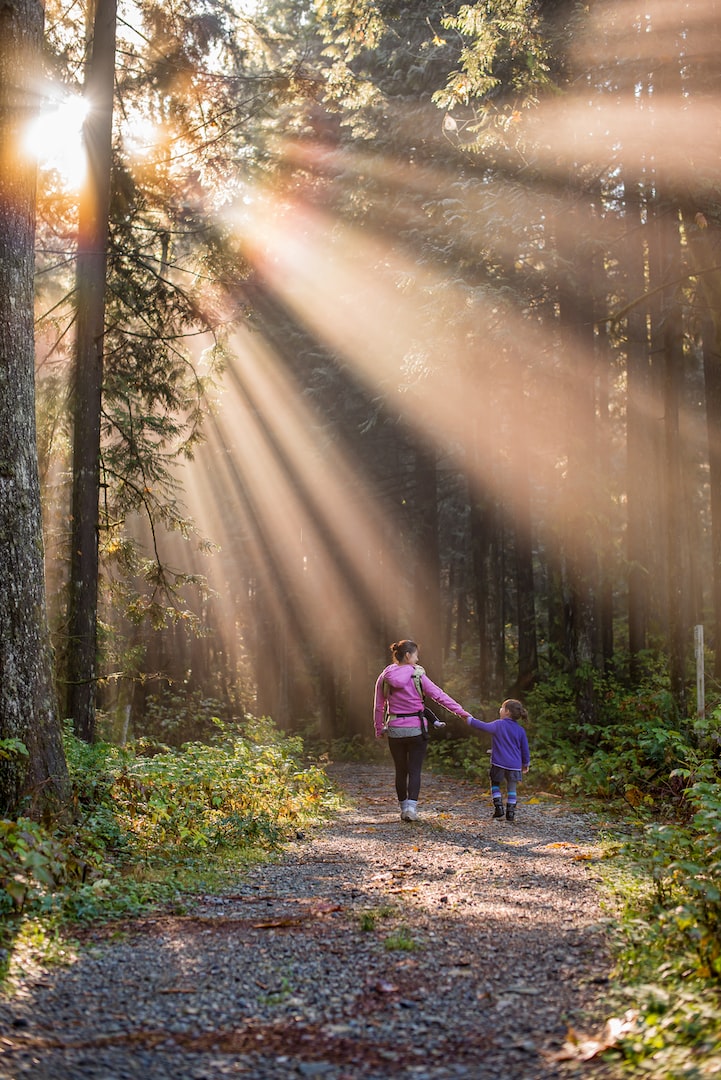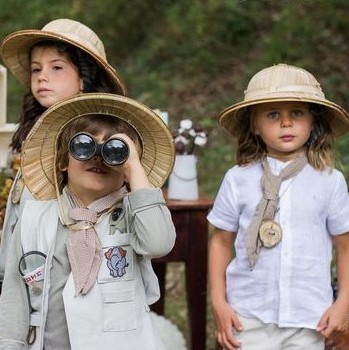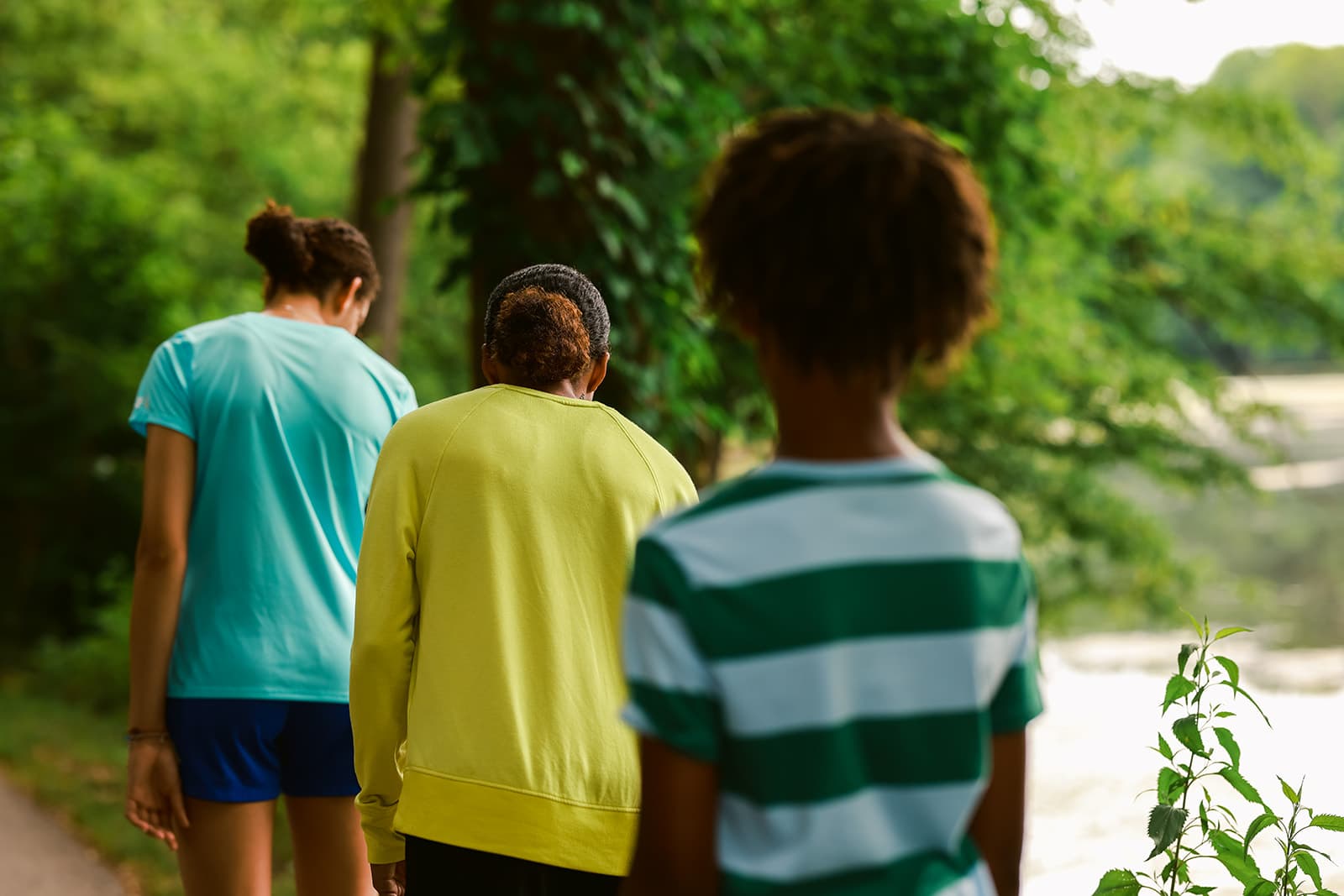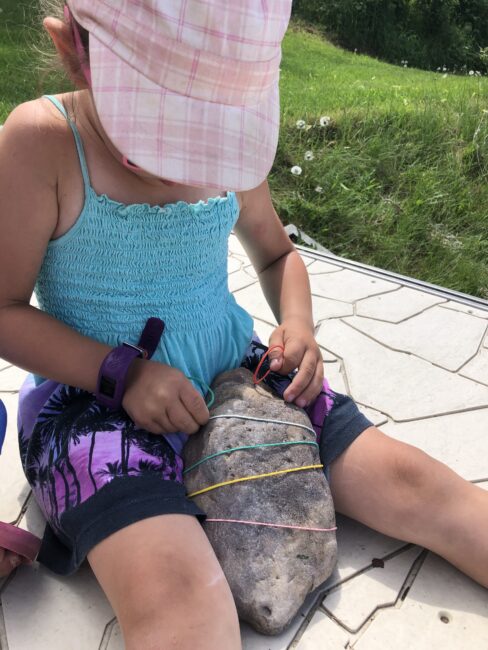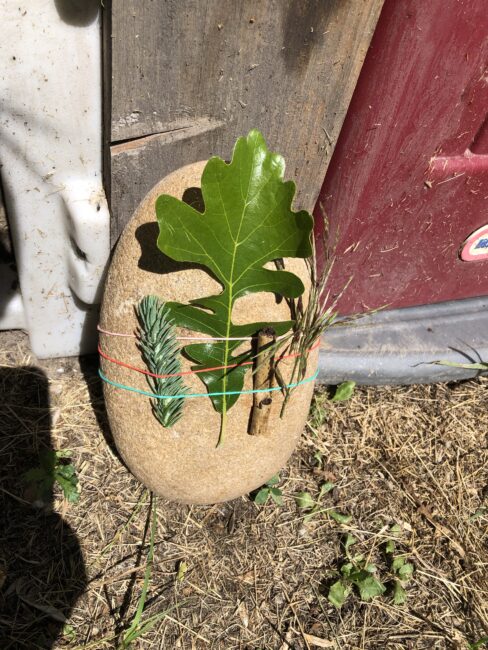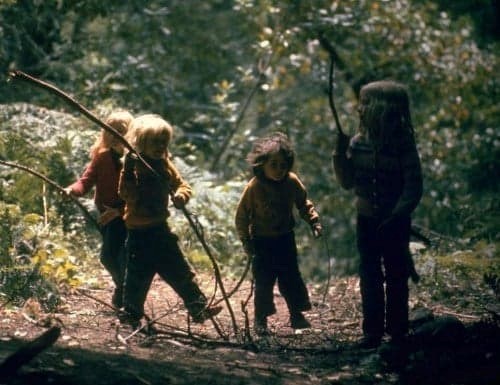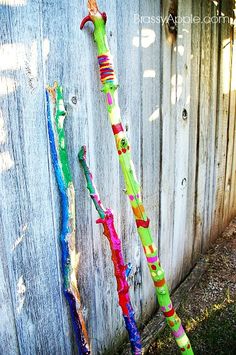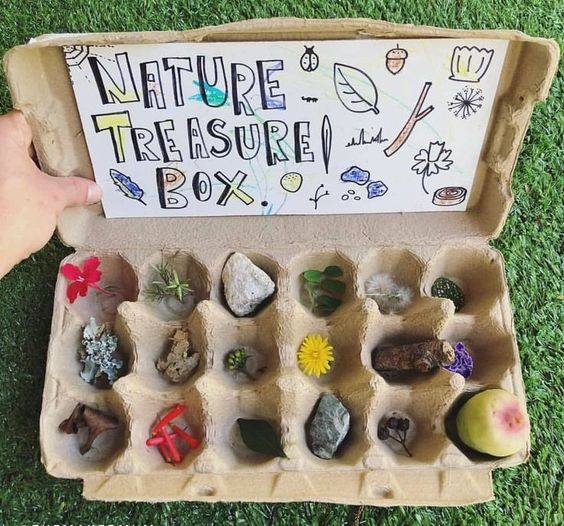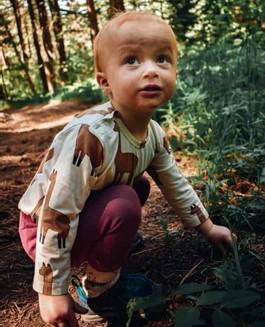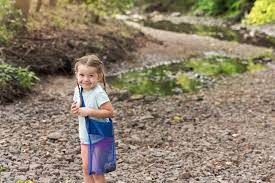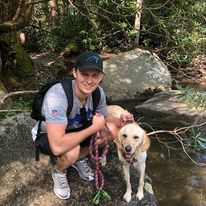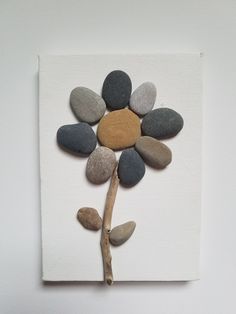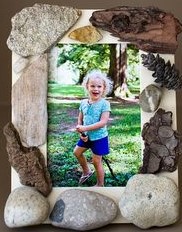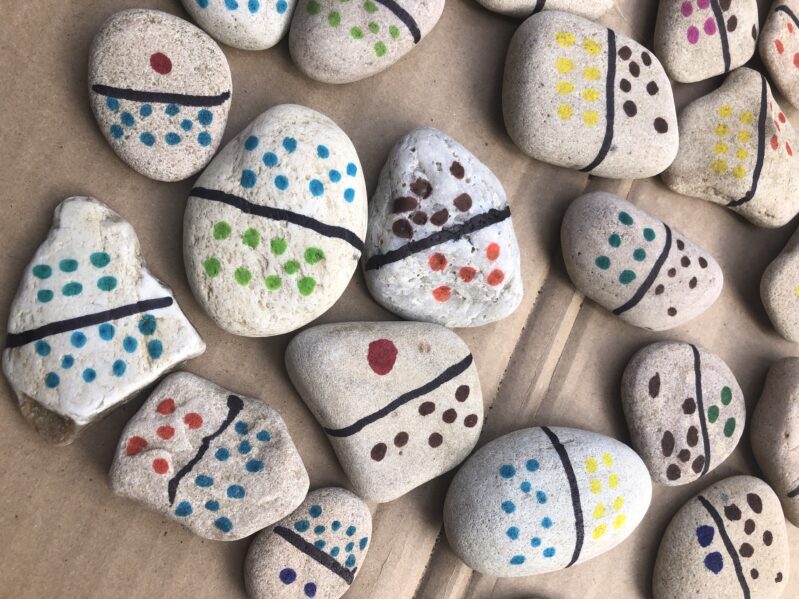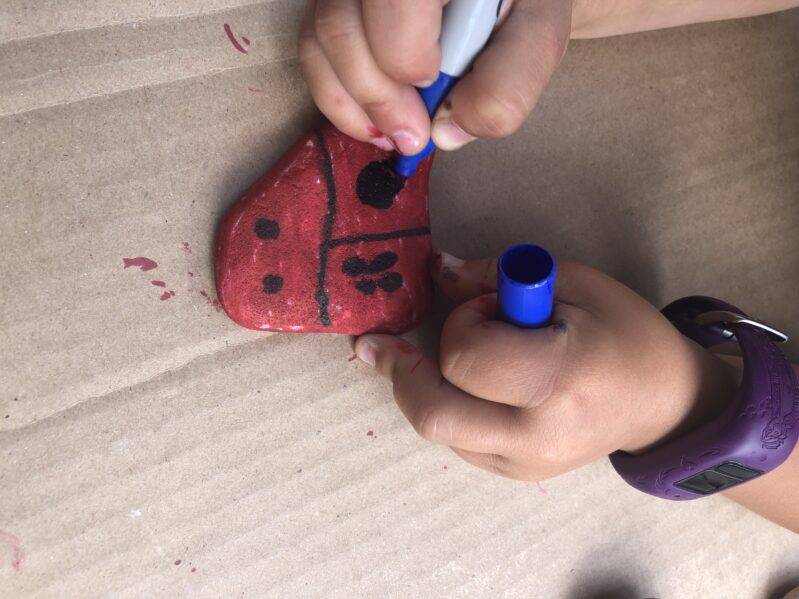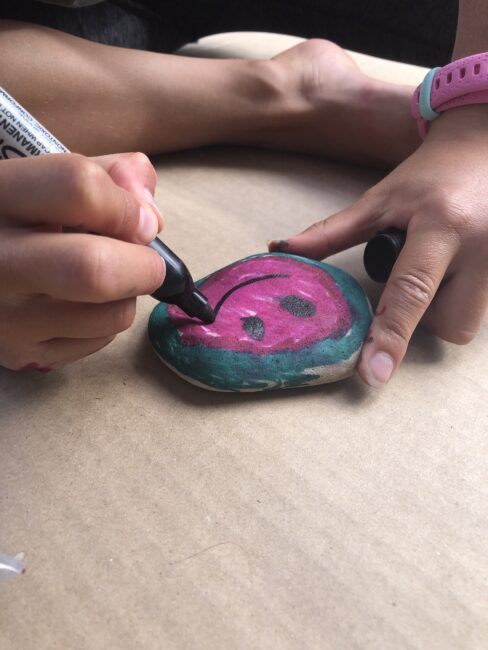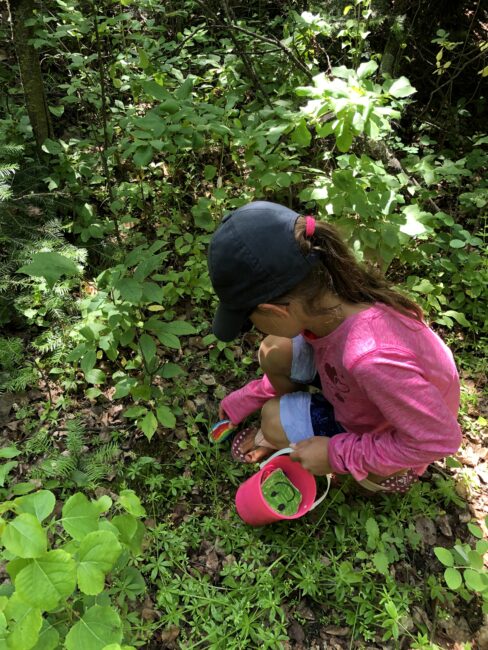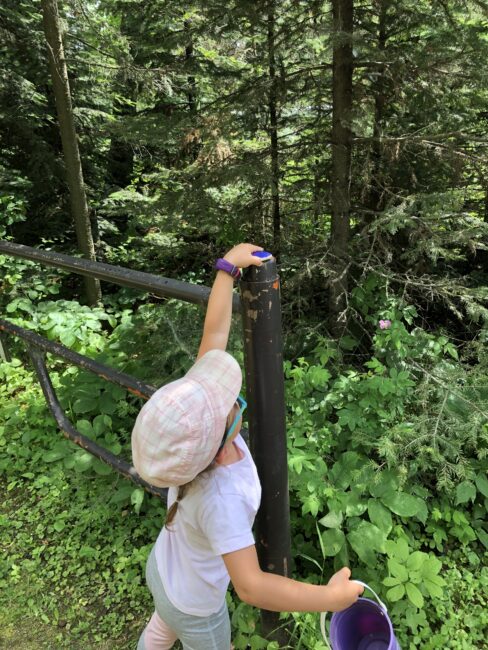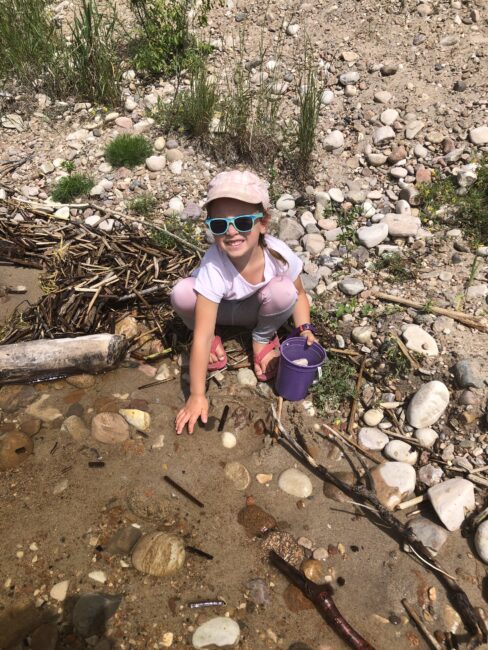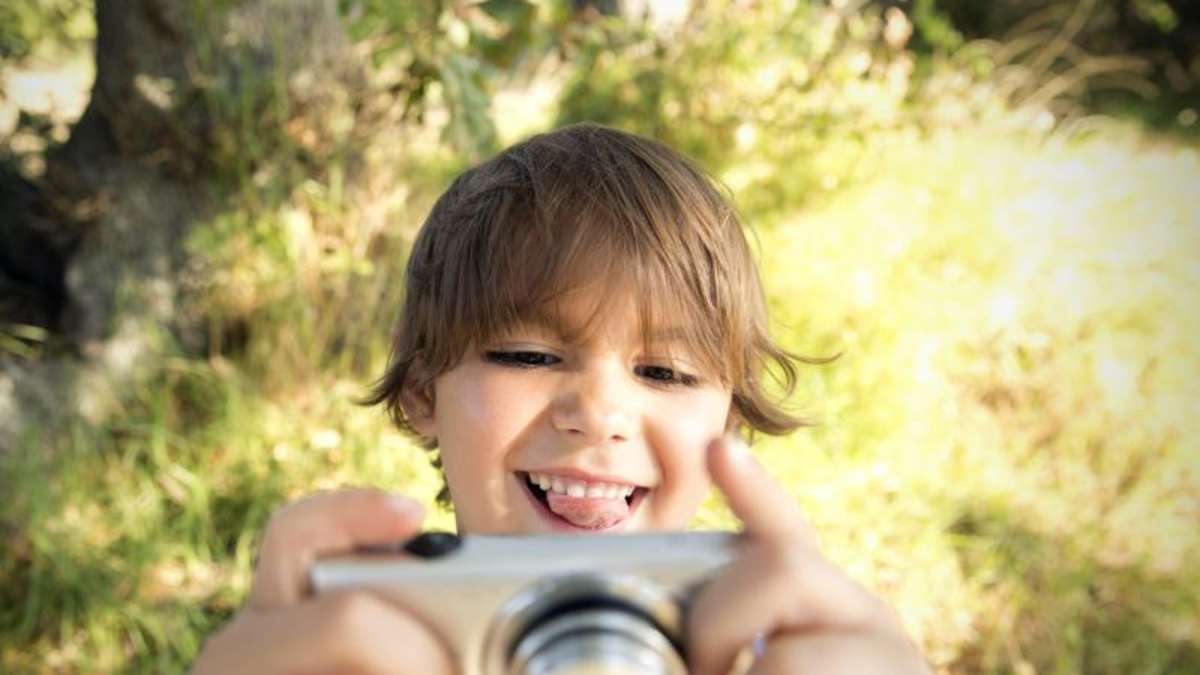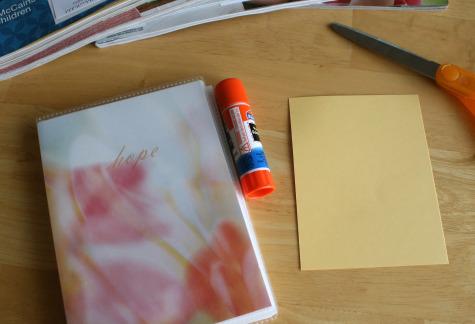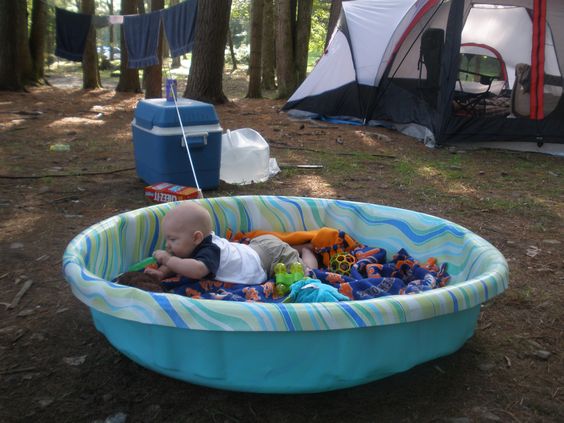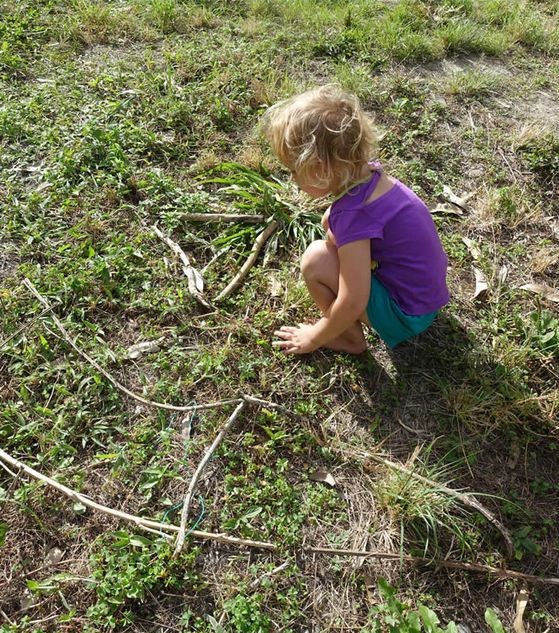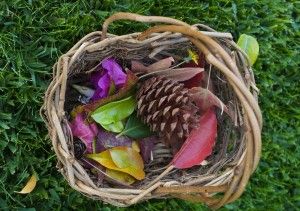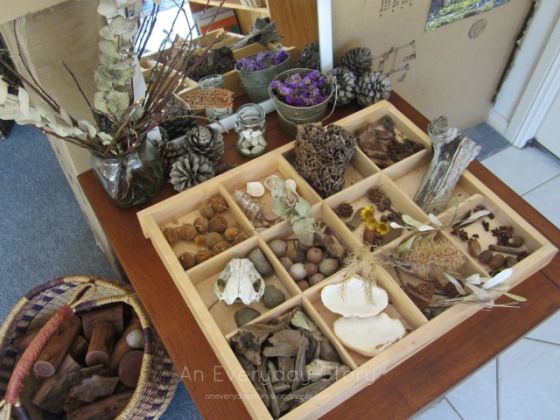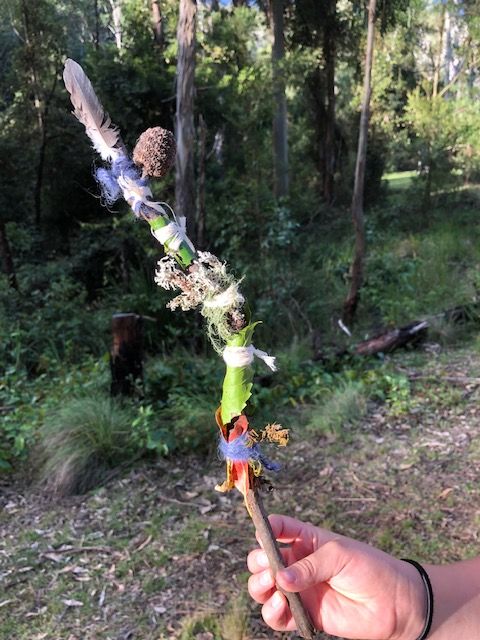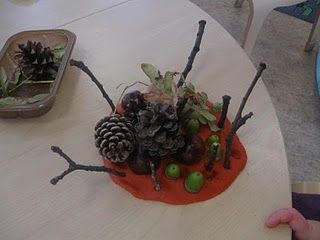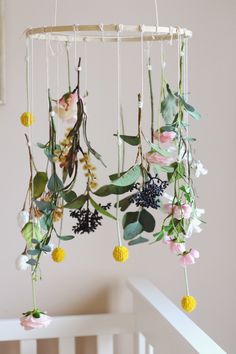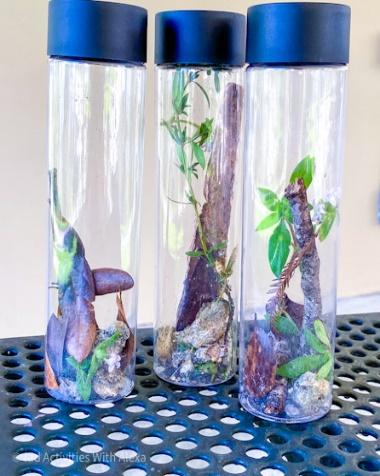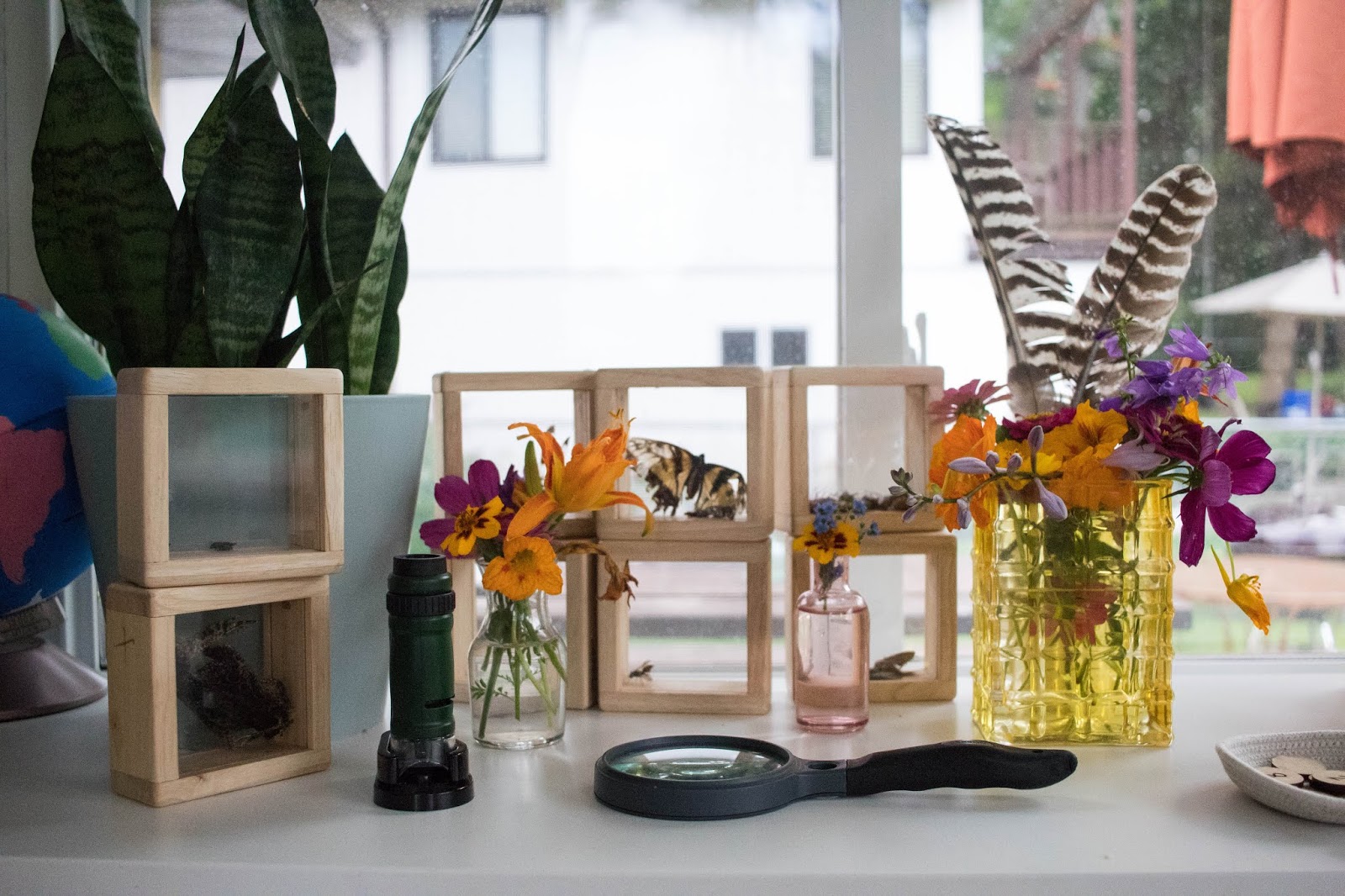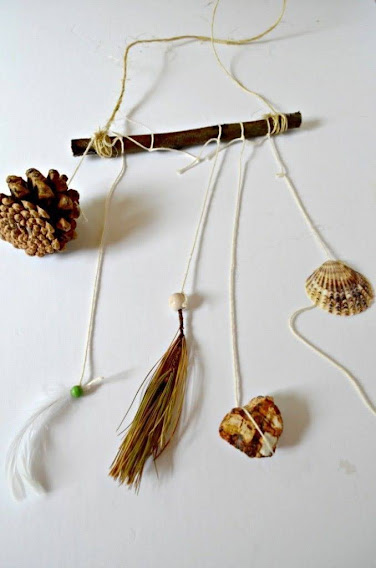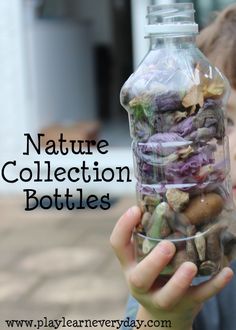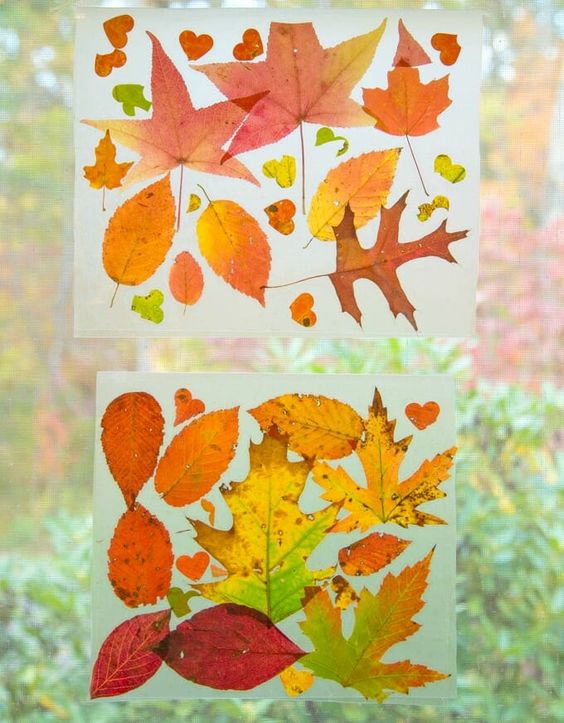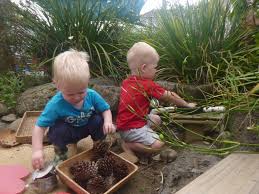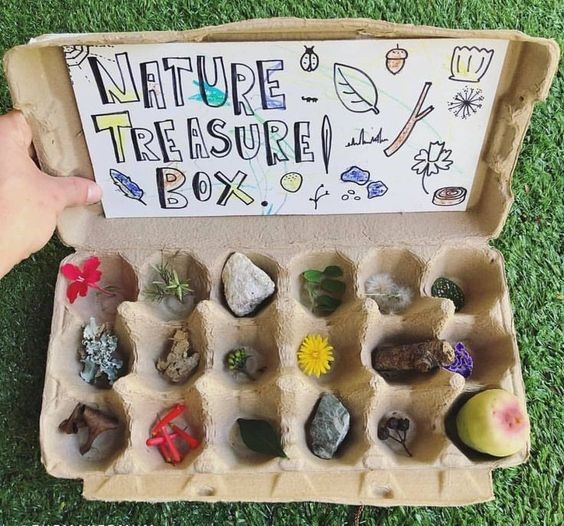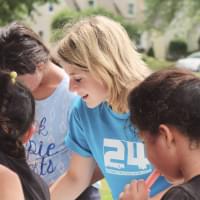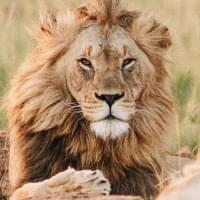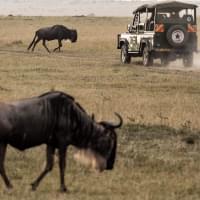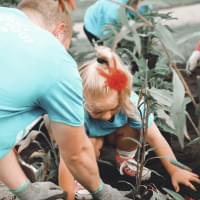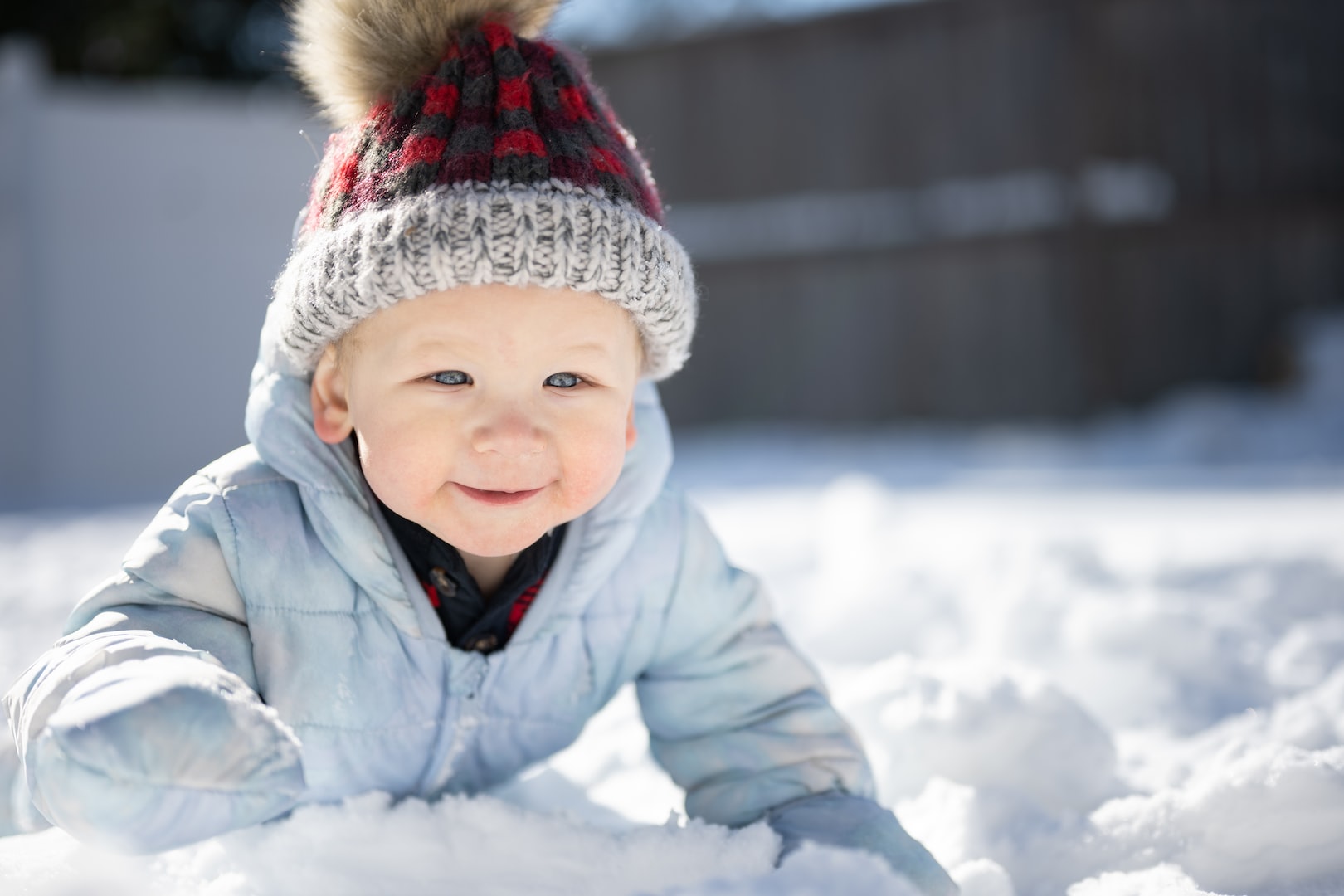
Written by Holly Marie BS MA CNA/AC
Enjoying your baby outdoors
Just because your baby is small, doesn’t mean you have to stay inside all day. There are many enjoyable outdoor activities that can be enjoyed with babies! Be sure to practice smart safety as you enjoy your time outside. And both, you and your baby will be invigorated as you breathe in that fresh air and soak in that sunshine.
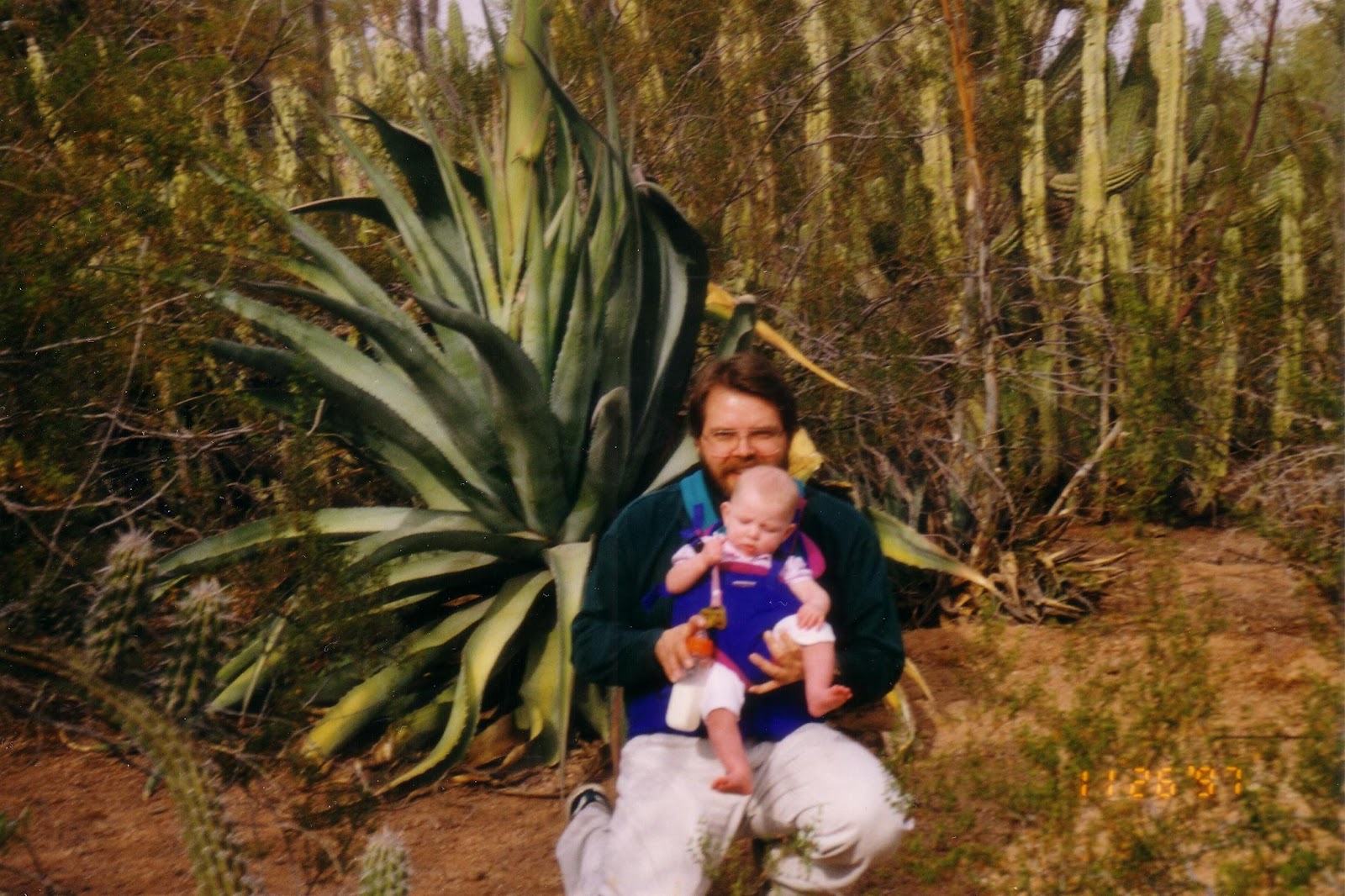
Breathing the fresh air from the trees will energize you and give you a little extra oomf. Getting some sun will give you the vitamin D your body needs. And your baby needs to see, hear, and smell things from the outdoors to learn about the world outside of his home.
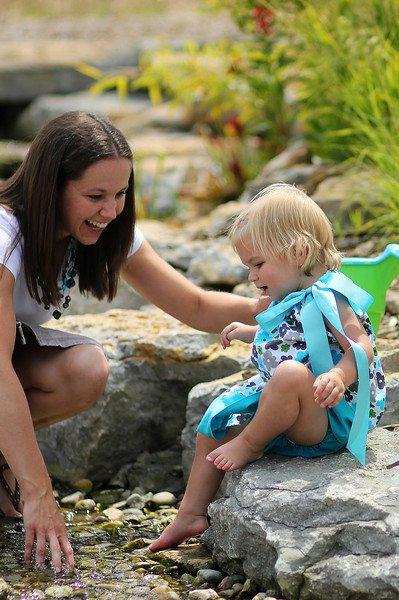
Step outside your door for FREE Stress-RelieF
One of my mom friends once told me, “I am my best self outside. And that is the version of myself I want my kids to be around the most. Calmer, more resilient, more relaxed, more patient.”
I’ve always had a love for the outdoors and walking or running in the shade of our woodlands since I was a little kid. I played outside all the time with just my imagination. I love sharing that with my kids. It’s such a good way to appreciate the world around us and escape the stress/busy life.
Babies that spend time outside are often healthier and sick less often. The fresh air purified and made oxegen rich by the plants or trees and sunshine (Vitamin D) can do wonders for anyone’s health. Spending time outdoors also gives your baby an escape from indoor germs and bacteria. Recirculated air in closed environments and germs on commonly touched indoor items are the main causes of children getting sick. In fresh, outdoor air, babies do not have to rebreathe the germs of others, and the chance for spreading infection, viruses, and illnesses is reduced.
Urban families with infants often view nature as being too far away or for those who need holistic medicine, we should all be viewing it as free therapy.
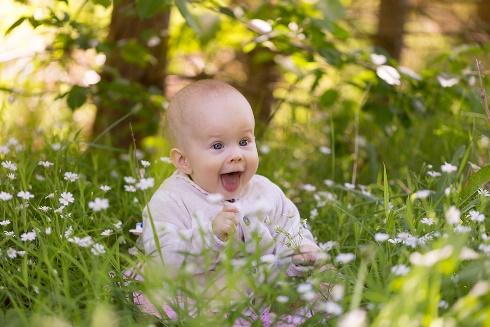
Have you ever noticed your baby’s mood lift when you take them outside? Sunshine and fresh air have well-documented benefits but being outside is good for your baby for other reasons, too.
Here are some of my family pictures of us enjoying our babies outdoors;
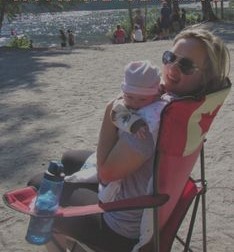

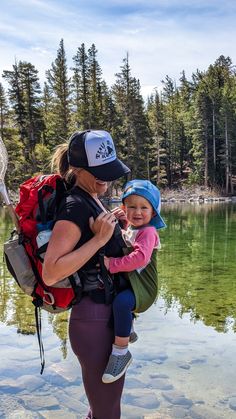

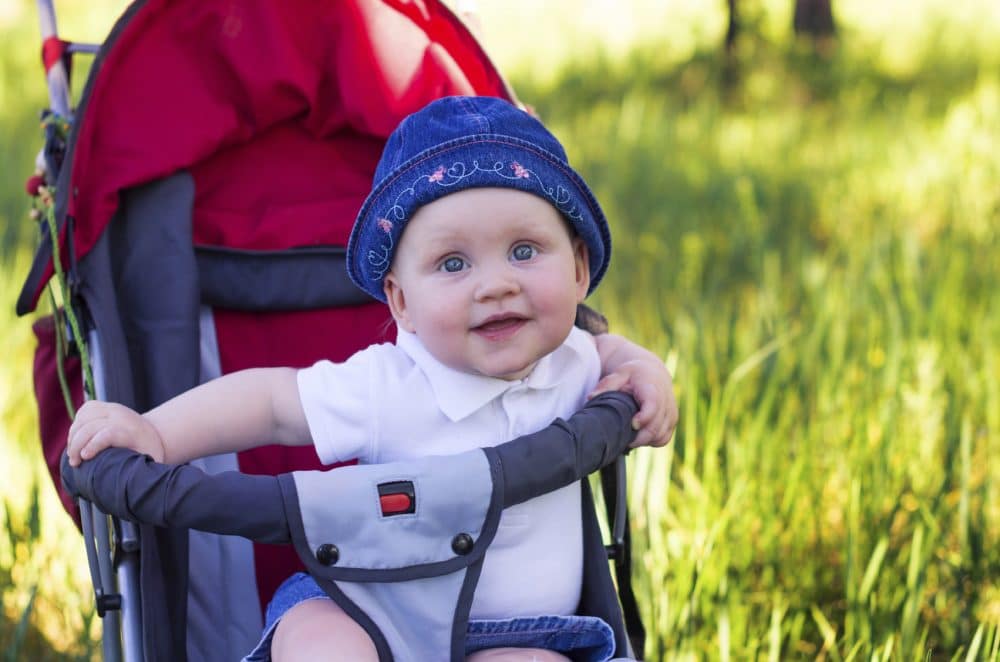
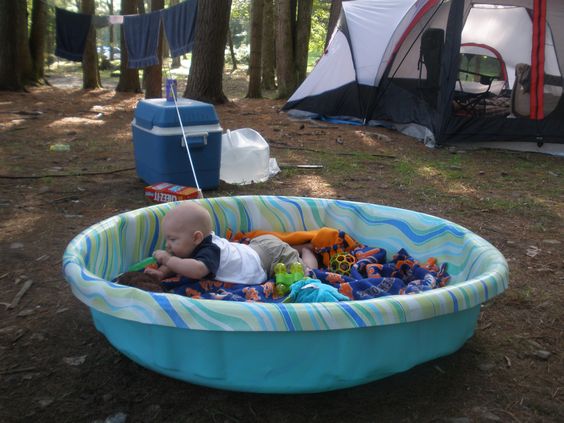
Babies don't slow us down at all. In fact, their joy and excitement from processing all that sensory input that nature offers up freely, only encourages us to enjoy nature more often.
As you visit outdoors and talk to your little one about the wondeful things they can see, smell, touch, hear etc., you will expand their vocabulary using new words and develop their sensory processing in ways that they don't experience indoors.
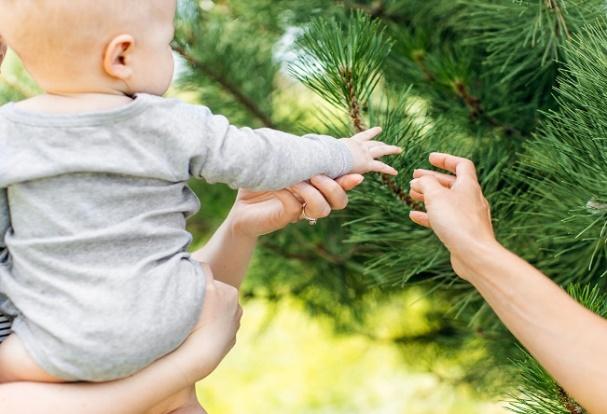
New sights, sounds, smells, and textures are enjoyable and exciting for your baby. Even if they’re strapped to your chest or reclining in a stroller, they receive all kinds of stimulation outside that they do not get when they’re indoors.
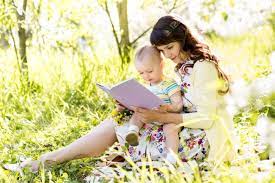
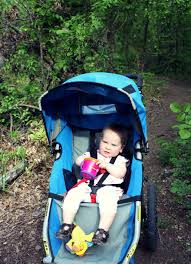
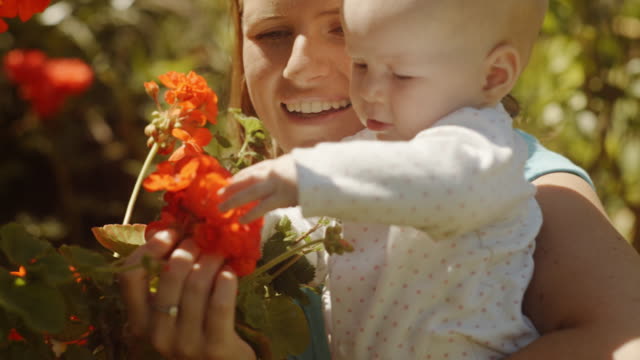
Remember to prepare your baby for new experiences with nature related books, videos and any other media that your child enjoys. Maybe a miniature pond or other small world. Wild waters and wetlands or forest treetops full of flying birds and bugs. Even the dirt and plants interest them when furry creatures or slimy ones scamper and run about.
They are being taken to a new and
exciting place with all sorts of new
things to explore with their senses.
Remember that while in the stroller
laying down they see nothing but the clouds in the sky. So prop them up if you can because they will want to explore by listening, seeing, smelling, touching and ...
tasting all the new things.
The idea that newborn babies should stay inside is simply an old wives’ tale and completely false. Getting fresh air and natural sunlight is good for both you and your baby, no matter how recently she was born. In fact, there is no medical reason not to take her outside the day after you take her home from the hospital, if you both feel up to it.
Enjoying Nature
with Babies

INFANTS
Whenever you can arrange outdoor experiences for your little ones, know that you are helping them experience another dimension of living - far different from indoor spaces. So, give them windows on new worlds - visit a park, zoo, flower garden, or a duck pond, or even stroll to the corner store.
Nurturing With Nature
Seeing and smelling - such pleasing experiences for infants outdoors. In mild weather, be sure to push strollers to places where babies can see, touch, and smell flowering plants. They want to feel the rough bark of a tree, the soft brush of wild grasses or grains of sand and explore the many textures of large stones and rocks. You can guide this sensory journey as you help them to notice their natural surroundings, like the gently swaying leaves in a summery tree.
If possible, consider landscaping your outdoors with a flowering hedge of perfumed jasmine to delight babies' sense of smell. And on a warm summer day, babies who sit well relish the experience of a shallow wading pool, where they can splash in a few inches of water while you cheer on their discovery of wet versus dry. Be sure babies wear hats and have sunscreen on exposed skin.
2 Months

At this age, you can lay your child on a blanket outdoors. If you’re a seasoned parent or daring
(which I wasn’t when my Baby was this age!), try laying him on the bare ground. Put him on his back to stare up at the sky, trees, and birds, or put him on his belly with some nature items in front of him to try to view. Wear your baby in a carrier while you go for a hike or take a walk with your child while he’s nestled in his stroller.
Here’s what two-month-olds will generally do and what caretakers can do to support their development while outdoors:
Babies start turning head toward sounds. Begins to follow things with eyes and recognize people at a distance. A natural setting is a great place to discover sounds-- it's quiet enough that sounds like bird calls, rustling of leaves, and running water are discernible but not overwhelming. This is also a fun age to play with light: duck in and out of shadows and watch the sun flicker through leaves or bounce off water. Everything is completely new, and watching your child discover these sensations for the first time is a beautiful thing!
Begins to act bored (fussy) if activity doesn’t change. Keep moving for a change of scenery. This is the age when my baby started to LOVE being outdoors—there is so much to see, hear, and feel. Let your child feel the slight breeze on his face or the sun on his head, and let this sensation change for your child as you walk through different environments.
Can hold head up and begins to push up when lying on tummy. Try tummy time outdoors. Place nature items in front of your baby to encourage him to build those muscles. If he’s resistant, like My Baby was, put him on your chest as you lay down on the grass for some parent-child outdoor bonding.
4 Months
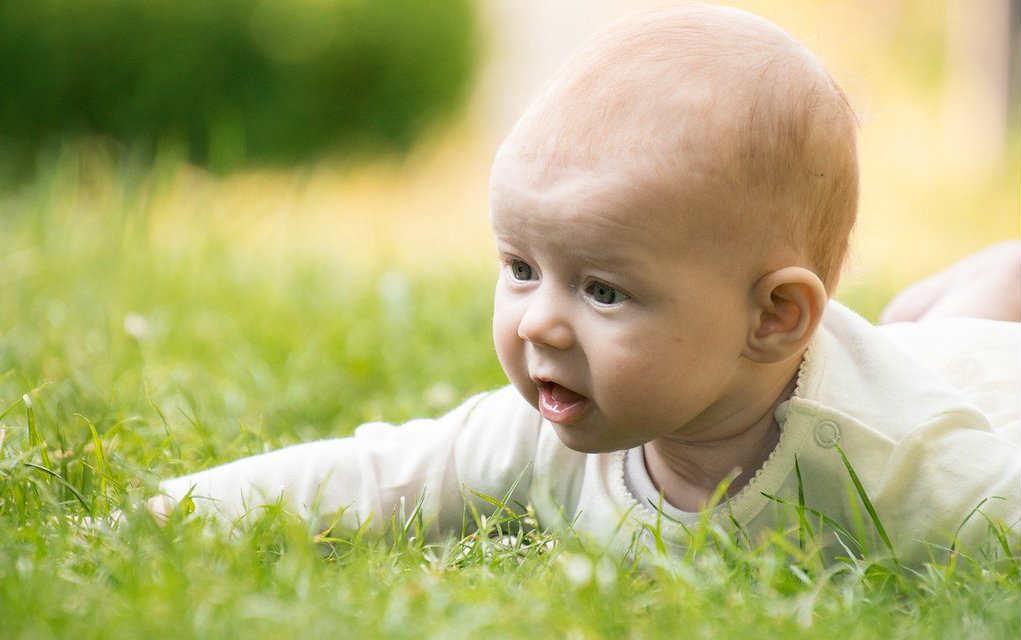
At four months or when your baby is able to hold his head up steadily (between 4-6 months
generally), your child is ready to face outward in your baby carrier, such as the Ergo 360 (our favorite). We tried this for around 5 months, and My Baby LOVED it. It’s a whole new way for them to see the world. This is also when your child can sit with assistance, such as in your lap or in a Bumbo seat. Although it is certainly not recommended by pediatric physical therapists, we used our borrowed Bumbo for short periods of time, including sitting outside in our yard.
Here’s what four-month-olds will generally do and what caretakers can do to support their development while outdoors:
Copies sounds that are heard. Draw attention to sounds you hear by mimicking them yourself. Name the animal that made them to help your child begin to associate language with concrete items.
Uses hands and eyes together, such as seeing a toy and reaching for it. Can hold and shake a toy. This is a particularly great time to begin to lay nature items out around your baby for him to manipulate and explore: rocks, pinecones, flowers, grass, bugs, seeds, etc. Be aware that it’s also prime time for oral exploration to begin! Pro tip: if you’re lucky/unlucky enough to have a pacifier user on your hands, pop the paci in your child’s mouth before providing him with items to explore. (That’s my two cents; feel free to let your child put items in his mouth if that’s your parenting style! Judgment-free zone over here!)
Recognizes familiar people and things at a distance.
Visit the same outdoor environments frequently to build familiarity. Name the items you see and point out some of the same things each time you visit. Point out birds, planes, and critters that make noise, and watch them as they move. Point them out and follow them. When you hear something, stop to investigate what it is. Think aloud: "What was that noise?" or "Why did that tree move?" Then, together search for it. Look for the bird that tweeted or the squirrel that rustled the leaves. This lays the foundation for encouraging curiosity!
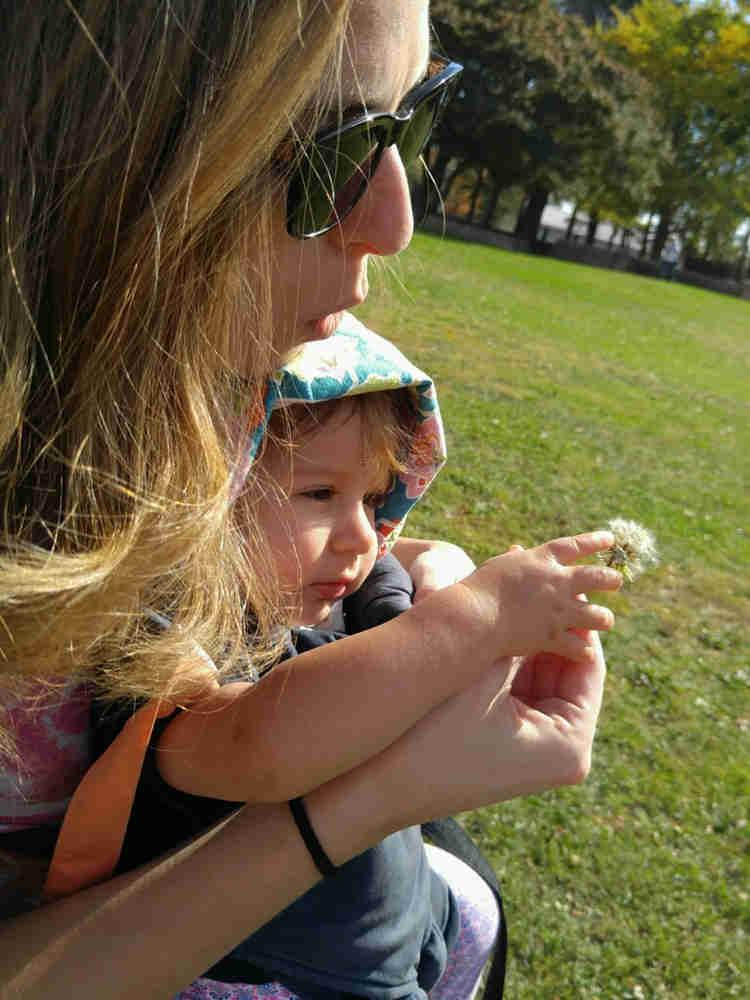
6 Months
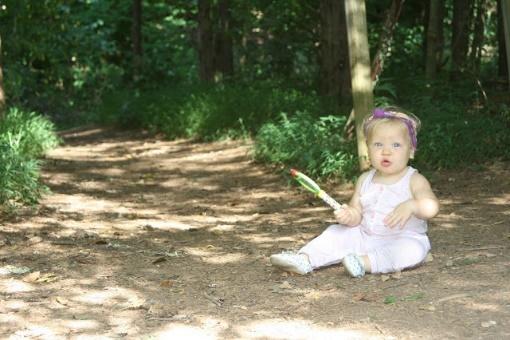
This is one of my favorite stages—your baby is becoming more and more fun! His personality is beginning to shine through, and he likes to play. Spending time outdoors together is a great way to bond, which is true at every stage, but it’s becoming even more fun for both of you at this point in your child’s development.
Here’s what six-month-olds will generally do and what caretakers can do to support their development while outdoors:
Likes to play with others, especially parents. Tummy time with your child on your belly while you lay on the grass, coupled with giving him an “airplane” ride (or pterodactyl ride, be creative!), can be ridiculously fun.
Responds to sounds by making sounds. Listen for nature sounds and mimic them. You may find your child mimicking them (or you), as well.
Makes sounds to show joy and displeasure. While walking with your child forward-facing in a carrier, try doing gentle hops or twirls along the way. Spinning, even with your child attached to you in a carrier, develops your child's vestibular system, which is responsible for balance, coordination and skills like head and trunk control and rolling. Your child’s understanding of object permanence is developing, so hide behind a tree and pop out to see your friends or have them do the same to you. Bounce and sing songs. What makes your child squeal with delight? Keep doing that!
Looks around at things nearby. There is SO much to see outside. My Baby always calmed down outside because she was taking in everything there is to see, feel, and hear!
Shows curiosity about things and tries to get things that are out of reach. When doing tummy time outside, place items just out of your child’s reach to motivate him to move.
Begins to sit without support. Break out your bubbles! When your child can sit and likes to reach for things, blowing bubbles begins to be super fun!
9 Months
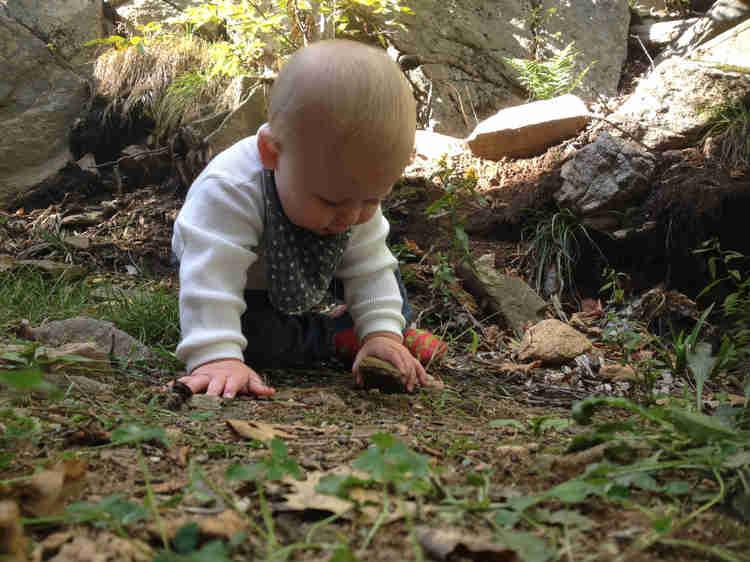
Around nine months is when your child may begin to show curiosity. In my opinion, curiosity is one of the most exciting things about childhood! Nurturing our children’s natural curiosities is one of the important things we can do for their cognitive development.
Here’s what nine-month-olds will generally do and what caretakers can do to support their development while outdoors:
Uses fingers to point at things. When your child points at things while on a walk, name the item and follow his finger to get close up and touch the item (if possible). You’ll be teaching your child how to follow his curiosity.
Watches the path of something as it falls. Leaves, snow, seeds, flower petals, rain: there’s something falling from the sky in every season. Take moments of time to stop and simply watch gravity in action with your child.
Looks for things he sees you hide. We played some epic hide ‘n’ seek with Dad behind trees while hiking at this stage. While sitting on the grass, you can also hide rocks (avoid rocks that are choking sized!) under leaves or cover items with grass or sand.
Puts things in mouth. As in everything. If you’re lucky/unlucky enough to still have a pacifier user on your hands, you can use it as a plug to keep your child from exploring nature items with his mouth. On the other hand, if you know something is safe for consumption, your child is eating table food in the home, and you know your child has no allergies, it could be a fun time to have him taste edible plants. Perhaps you’re into foraging or simply have an herb or vegetable garden. Use your discretion!
Crawls, pulls to stand, sits without support, and stands holding on. Your baby is on the move! Find safe outdoor spaces for your child to practice these skills. Remember that “clean dirt” (soil without chemicals) is healthy and comes off in the bath! This is also a time when your child may begin to play with push toys—why not bring them outside?
1 Year Old
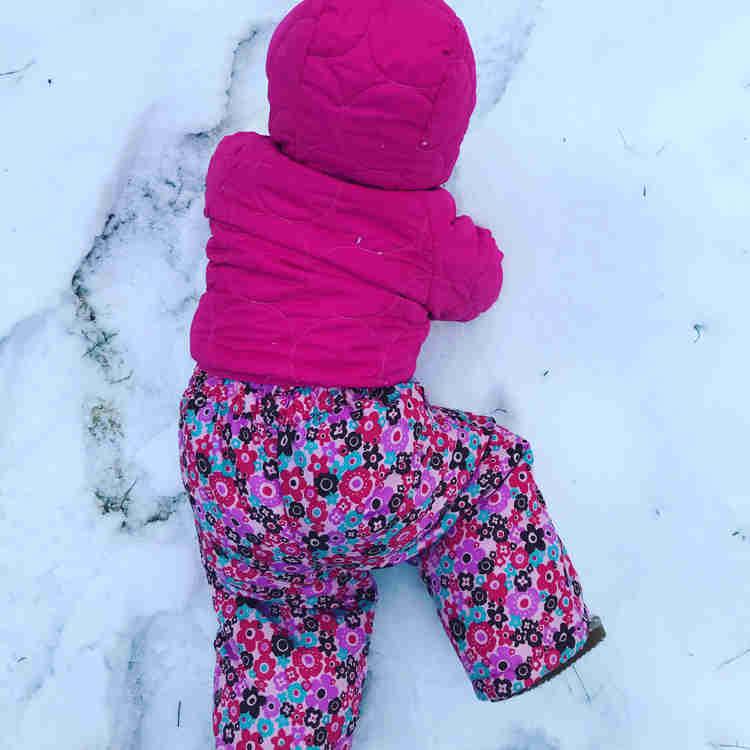
At one year, your child increasingly interacts with the world around him. Hopefully he is stronger now, so you can be outside experiencing the elements in rain, shine, or even snow. If you haven’t yet put your baby on your back while walking about or hiking, try it now. At one year, My Baby loved being on my back while snowshoeing, and she especially loved being pulled in a sled on the snow. This is also the time when your child may begin to be even more mobile; embrace it and let him build his skills on the varying terrain outdoors.
Here’s what one-year olds will generally do and what caretakers can do to support their development while outdoors:
Explore things in different ways, like shaking, banging, and throwing. While hiking with your child on your back, pass things such as dandelions, cattails, or sticks back to your baby to hold and explore. Stand along the shore together and toss rocks into the water. Show your child how two sticks or two rocks knock together to make a sound.
Look at the right picture when it’s named. If you’ve been naming what you see outdoors since he was tiny, now he may be able to find an item (such as a flower or bird) when you say the word. Vocalize interesting things you see using the name (such as, “Look at the beautiful flower!” or “Do you see the pretty bird?” without pointing and follow your child’s gaze as he interprets your words.
Puts things in a container, takes things out of a container. My Baby happily did this for hours on end. Bring a small bucket or bag with you on your outdoor adventure. When you locate a place with rocks or small sticks, show your child how to put them into the bucket. Watch as he then takes them out and puts them back in again. Over. And over. And over again!
Pokes with index finger. Encourage this! Poking at trees and feeling their different types of bark can be an interesting sensory experience for a one-year-old. Build oral language by naming the textures he feels.
Pull up to stand. May take a few steps on own. May stand alone. As soon as your child starts to crawl and walk, let him experience different terrain. Walking on grass, sand, or snow outside is much different from the hardwood floors inside. You cannot replicate outdoor terrain indoors, and the outdoor terrain will help your child naturally develop balance, core strength, and spatial awareness. Allowing your child to walk outdoors without shoes is a physical and occupational therapist suggested activity that supports your child's development of balance, sensory processing, and proper muscle development in the feet.
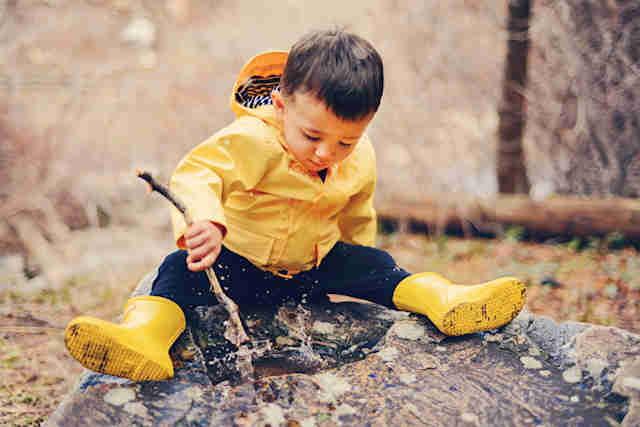
18 Months
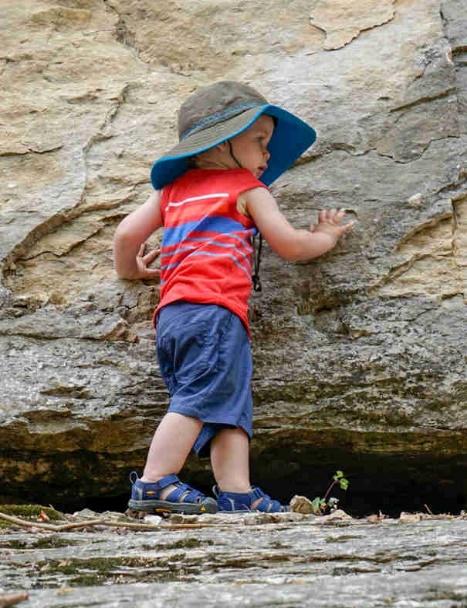
This is when they are able to engage themselves in free outdoor play, she loves to climb, and she’s beginning imaginative play. She wants to walk on her own, but we don’t get too far while hiking because her goals are different from mine. At 18 months, letting your child take the lead outdoors should be priority number one.
Here’s what eighteen-month-olds will generally do and what caretakers can do to support their development while outdoors:
Likes to hand things to others as play. Let your child explore nature items he comes across. When he hands something to you, such as a stick, thank him, hold it, and hand it back. Engage in play by handing him things you find as well. As always, name the items with which you interact in full sentences to promote language growth.
Follows 1-step verbal commands without gestures. Practice this when you get ready to go outside by telling your child to get his socks. Then tell him to get his shoes. Then tell him to get his jacket. When you’re outdoors, there’s plenty of opportunity to use 1-step commands during play. “May I have the stick please?” “Walk over here.” “Look at that bird!”
Play simple pretend experiences, such as feeding a doll. This can be a good time to bring out the mud kitchen! You can fashion one yourself using old wood pallets, visit a nature play area or even a sandbox nearby, or simply bring some bowls and spoons outside for playtime. Finding natural items to put into your concoction is part of the fun. Remember that this is also the age when children follow 1-step demands, so be mindful if you stir up a beautiful dish of sand, crushed leaves, and grass and you say, “This is delicious! Try it!” Your child may actually take a taste! Not that I know from experience…
Explores alone but with parents close by. I can get so much yard work done now! She happily plays in the sandbox, picks up sticks around the yard, or goes down the slide on her own—as long as I’m nearby. I put a fort out in the yard for her to play in, and she loves bringing things inside, sitting in there for a while, and then coming out for more things. I know someone with a child this age who actually reads a book under a tree while her son plays on his own. Milk it, Mama.
Says several single words. Engage in conversation every time he says a word that corresponds with what he sees in order to encourage his language. If he points to a bird uses the word, then tell him all about the bird, its colors, and what it is doing. Engage. Encouragement.
Walks alone. May walk up steps and run. Let your child take the lead on “hikes”. I put “hikes” in quotation marks because you should set your expectations accordingly. You will not be traveling far with an 18-month-old taking the lead. My Baby likes to go in the opposite direction of my goal. That’s fine. Embrace it. This is also a good time to encourage safe climbing. Climbing stairs, fallen logs, or natural rock formations is a worthy obstacle for an 18 month old.

